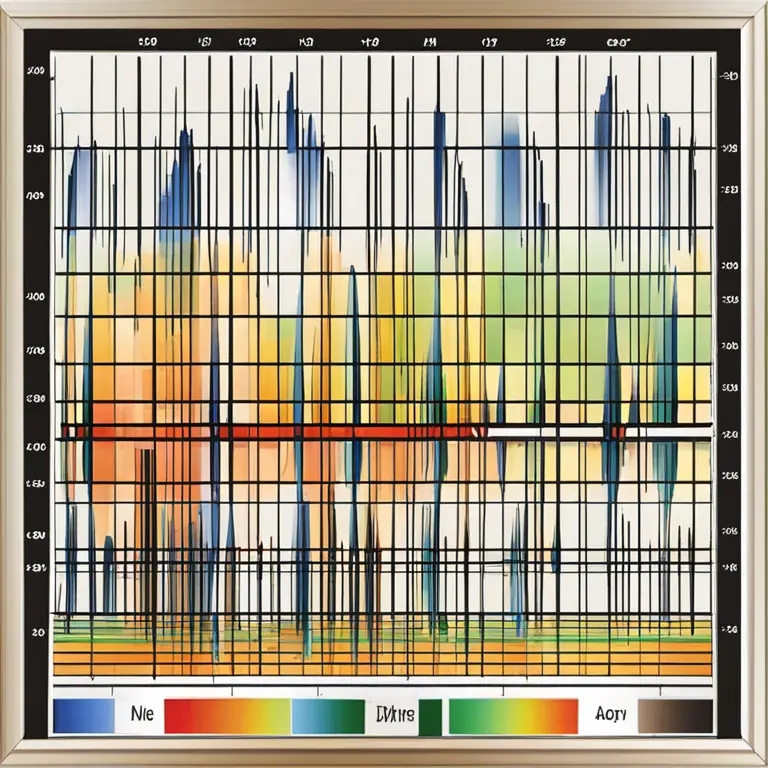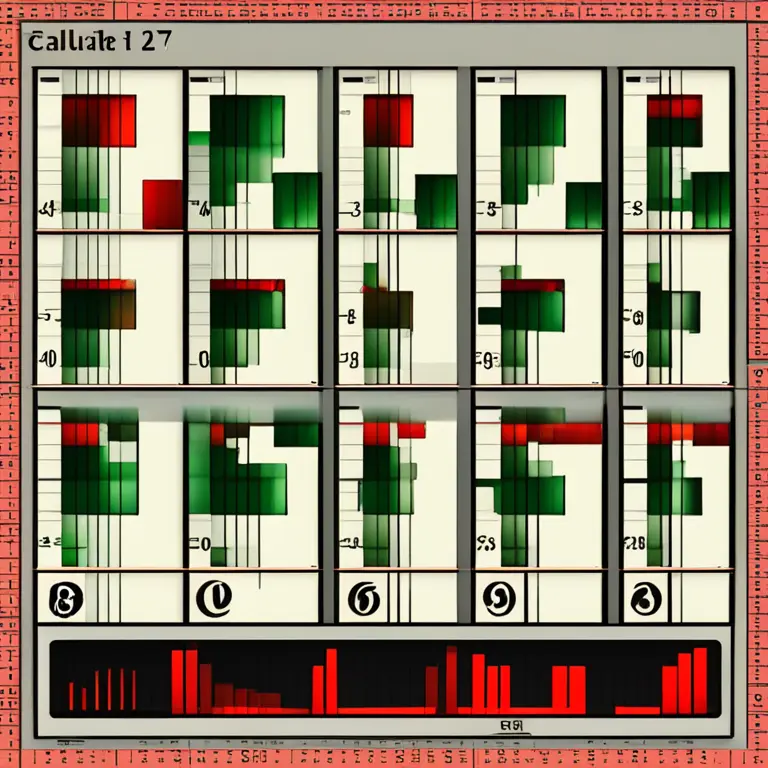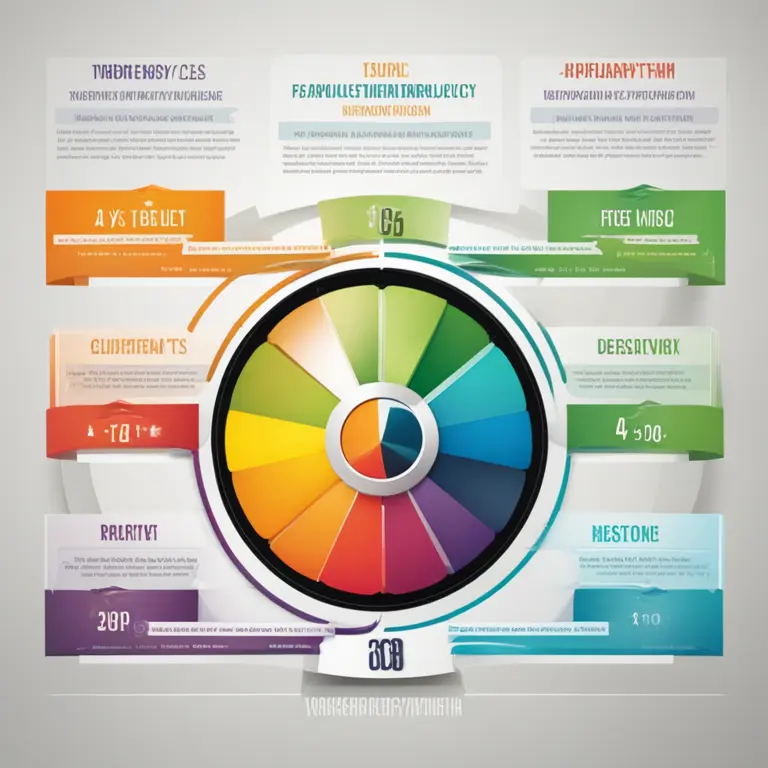
Mastering Biorhythm Analysis: A Beginner's Guide
Learn how to read your biorhythms for a better understanding of your physical, emotional, and intellectual cycles.
article by Adrian Wallace
Introduction to Biorhythms
Biorhythms are a complex system believed to map the fluctuations in our physical, emotional, and intellectual well-being based on birth data. Rooted in a theory that our lives are affected by natural mathematical cycles, biorhythms are said to have the potential to forecast the peaks and troughs of our experiences. While science has been skeptical about the validity of this concept, many individuals find value in tracking their biorhythms for personal insights. With advancements in technology and a greater collective interest in holistic wellness, understanding your biorhythms has never been more accessible.

The Three Primary Cycles
There are three primary cycles in biorhythm theory: Physical (23 days), Emotional (28 days), and Intellectual (33 days). Each cycle begins at a baseline of zero at birth, swings to a high point, crosses back through zero, reaches a low point, and then returns to zero to start the cycle again. Proponents of biorhythms believe that tracking these cycles can help predict times of high performance, low energy, or greater emotional sensitivity, enabling one to make more informed decisions about activities or relationships.

Calculating Your Biorhythms
To calculate your biorhythms, you'll need your date of birth and the specific date for which you want to know your biorhythm status. Each cycle has a mathematical formula based on the number of days since birth. Thankfully, with the proliferation of online calculators and apps in 2024, you can simply input your data, and the system will do the work for you, plotting your biorhythms on a chart.

Reading Biorhythm Charts
When you obtain your biorhythm chart, you'll see a series of sinusoidal waveforms corresponding to your three primary cycles. A waveform above the baseline indicates a positive phase, whereas below signifies a negative one. The moment it crosses the baseline is considered a critical transition point, where you might experience instability or unpredictability. By comparing your current position in the cycles to these benchmarks, you can tentatively plan your days.

Integrating Biorhythms Into Daily Life
To incorporate biorhythms into your daily life, start by observing patterns. Do the predictions correspond with how you feel physically, emotionally, or intellectually on certain days? Use this as hypothetical guidance. For instance, if your physical cycle suggests a low day, you might opt for gentle exercise over an intense workout. Remember, this is not an exact science, and personal intuition should play a key role in interpreting your biorhythm data.
Limitations and Considerations
While biorhythms can provide interesting insights, they should be taken with a grain of salt. The scientific community does not universally accept biorhythms as a reliable indicator of daily functioning. It's crucial to not solely rely on these cycles for critical decision-making and to consider them as one of many tools for self-reflection and planning. Always look at the bigger picture when assessing your personal circumstances.
Published: 1/30/2024
Modified: 1/30/2024
More predictions
Come back here soon to learn more about yourself and your future


Between Biorhythm & Compatibility: Sync Your Cycles
Discover how biorhythm compatibility can impact relationships and find harmony by syncing your physical, emotional, and intellectual cycles.


The Rhythms Within: An Insight into Biorhythms
Discover the science and philosophy behind biorhythms, the cyclical patterns our bodies follow, in connection with our physical, emotional, and intellectual states.


Sync Your Cycles for Harmony With Biorhythms
Delve into the synchronization of personal biorhythms to enhance relationship compatibility and understand its role in fostering deeper connections.